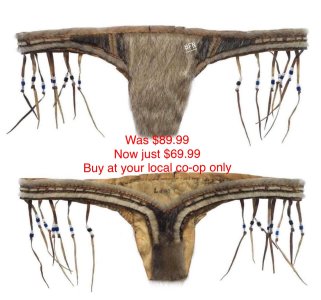Evidence - FOPO (44-1) - No. 56 - House of Commons of Canada
www.ourcommons.ca
Dr. Murdoch McAllister (Associate Professor, University of British Columbia, As an Individual):
Good afternoon. Thanks for inviting me as a witness.
I'd like to start with a study on B.C. harbour seals. They've increased about tenfold in abundance since the 1970s, and are at approximately 100,000 animals. Their dietary requirements are approximately two kilograms per day, leading to about 70,000 tonnes eaten per year. Diet studies show the consumption of numerous different fish species, including salmon and other valuable fish stocks, and the consumption of species at different life stages, let's say, including juveniles.
My research team has looked at predation rates on chinook and coho in southern B.C. Numerous of these stocks have collapsed to very low levels. Despite very low fishing rates since the early nineties, these stocks have not recovered or shown signs of recovery. Our study, which looked in detail at predation on juvenile chinook and coho salmon by harbour seals, indicates that those predation rates have increased about tenfold. They're up to about 40% of all juvenile chinook salmon entering salt water and about 60% of all juvenile coho salmon entering salt water. That's in southern B.C.
What are the population effects? We've done a meta-analysis of 20 different chinook salmon stocks, looking at the productivity. We found a significant negative association between stock productivity and local harbour seal abundance for 14 out of 20 of these chinook salmon stocks. With the increase in harbour seals, our study has shown that the sustainable harvest rates on average have dropped by about 44%. Sustainable yields have dropped, in association with harbour seal predation, by about 74% since the 1970s.
In another study, we investigated hypotheses about Steller's sea lion predation on sockeye salmon. This is the Fraser River sockeye salmon. There's been about a sixfold increase in abundance of Steller's sea lions, up to about 48,000 animals, at least up until 2017. That's species-wide. They eat on average about 18 kilograms of fish a day. This leads to about 300,000 tonnes eaten per year, more than the combined fisheries and aquaculture tonnage in B.C. per year.
We found that with the low-abundance sockeye salmon runs, harvest rates have dropped, and these stocks are continuing to decline. Our analysis of predation around the northern end of Vancouver Island by Steller's sea lions suggests that the predation rates are up about 60% per year, and they're highest in the years when the abundance of sockeye is lowest. Our study indicates that these low-abundance sockeye salmon stocks could be stuck in a predator pit caused by predation.







